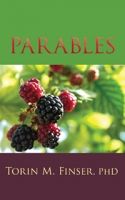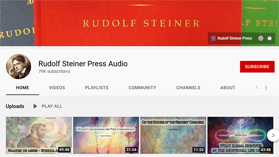
-
PARABLES
Torin M. Finser

“One could say that a parable contains a larger lesson in a bite-sized portion. Using other words, a parable is a simple short story used to illustrate a moral or spiritual lesson.... The word parable can be traced back to Middle English and Old French origins as parabole and to the ecclesiastical Latin sense of parabola, meaning “discourse, allegory, or comparison.”... Parables use comparison, allegory, imagery, analogy, or a short story to convey a larger meaning.” (from the book)
Torin Finser writes that parables involve “looking down” (or out) to find an often-overlooked object, and then “looking up” to the eternal truth that can be brought down to children. How can we do both? Can we teach our children to see not only what is on the desks before them, but also what surrounds them in nature and in circles above them in the starry heavens and beyond? Parables may help us!
“Today’s kids are aware of the global threats to the environment—but their physical contact, their intimacy with nature, is fading... Yet, at the very moment that the bond is breaking between the young and the natural world, a growing body of research links our mental, physical and spiritual health directly to our associations with nature—in positive ways.” —Richard Louv, author,Last Child in the Woods
TABLE OF CONTENTS
Preface
What is a Parable?
Why Parables?
Objective and Subjective
Parables and Nature
Some Examples
Forming a Parable
In Praise of Science
Another Way
The Unknown
Parables and Time
Parables through the Season
Parables and Self-development of the Teacher
Conclusion22 November 2018; SB; 68pp; 20 x 12.5 cm; pb;
£11.99 ISBN 9781621482307

